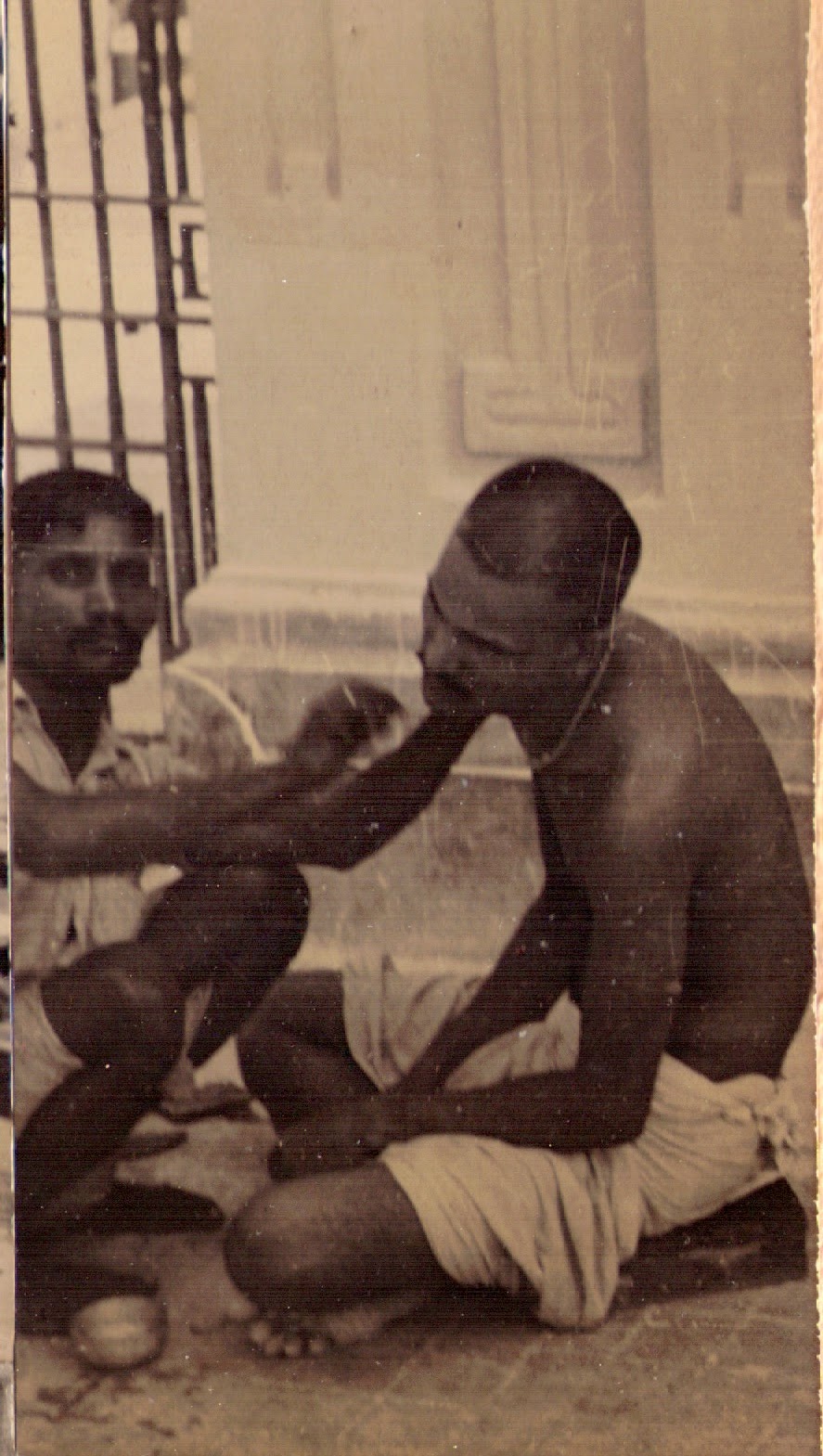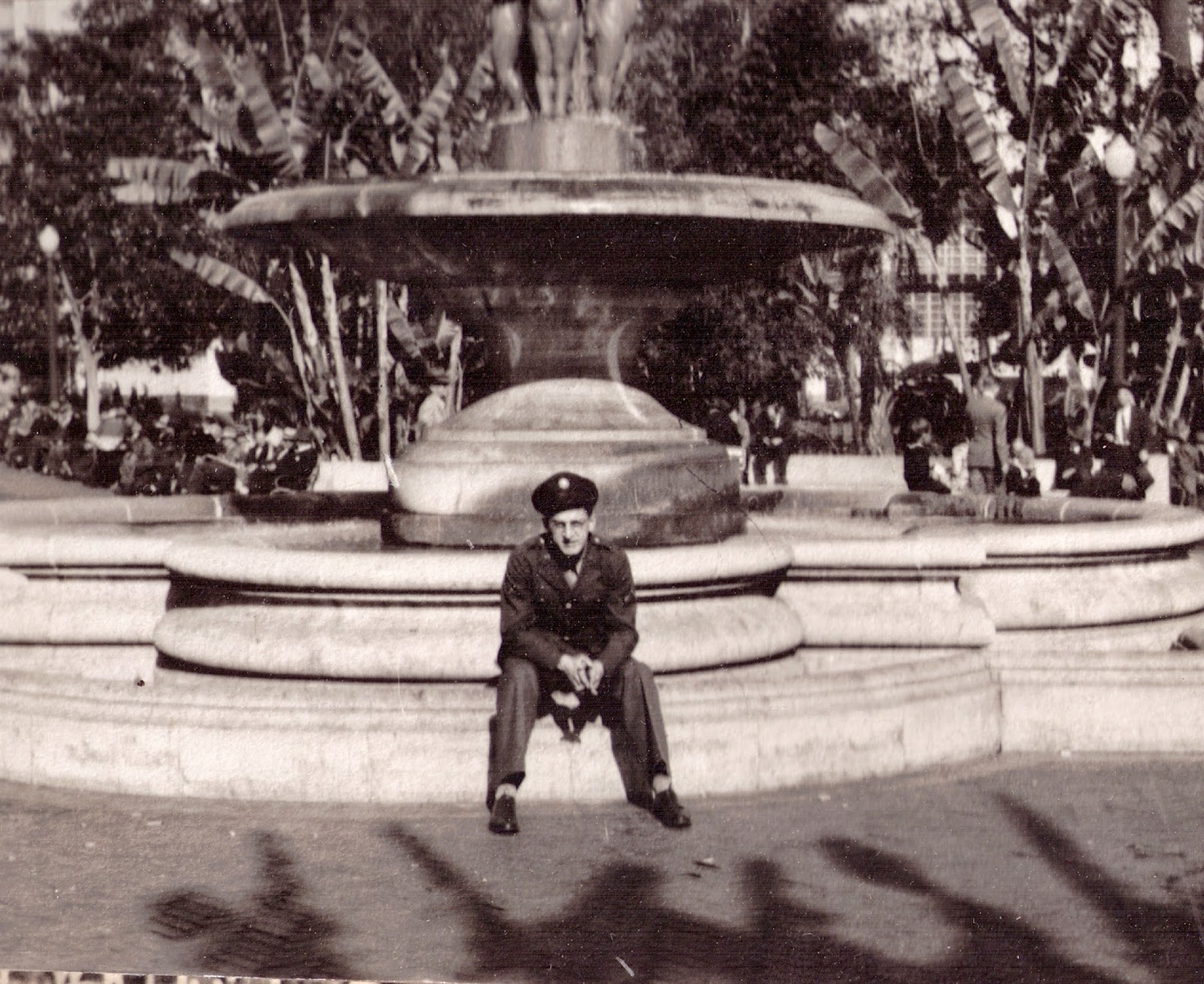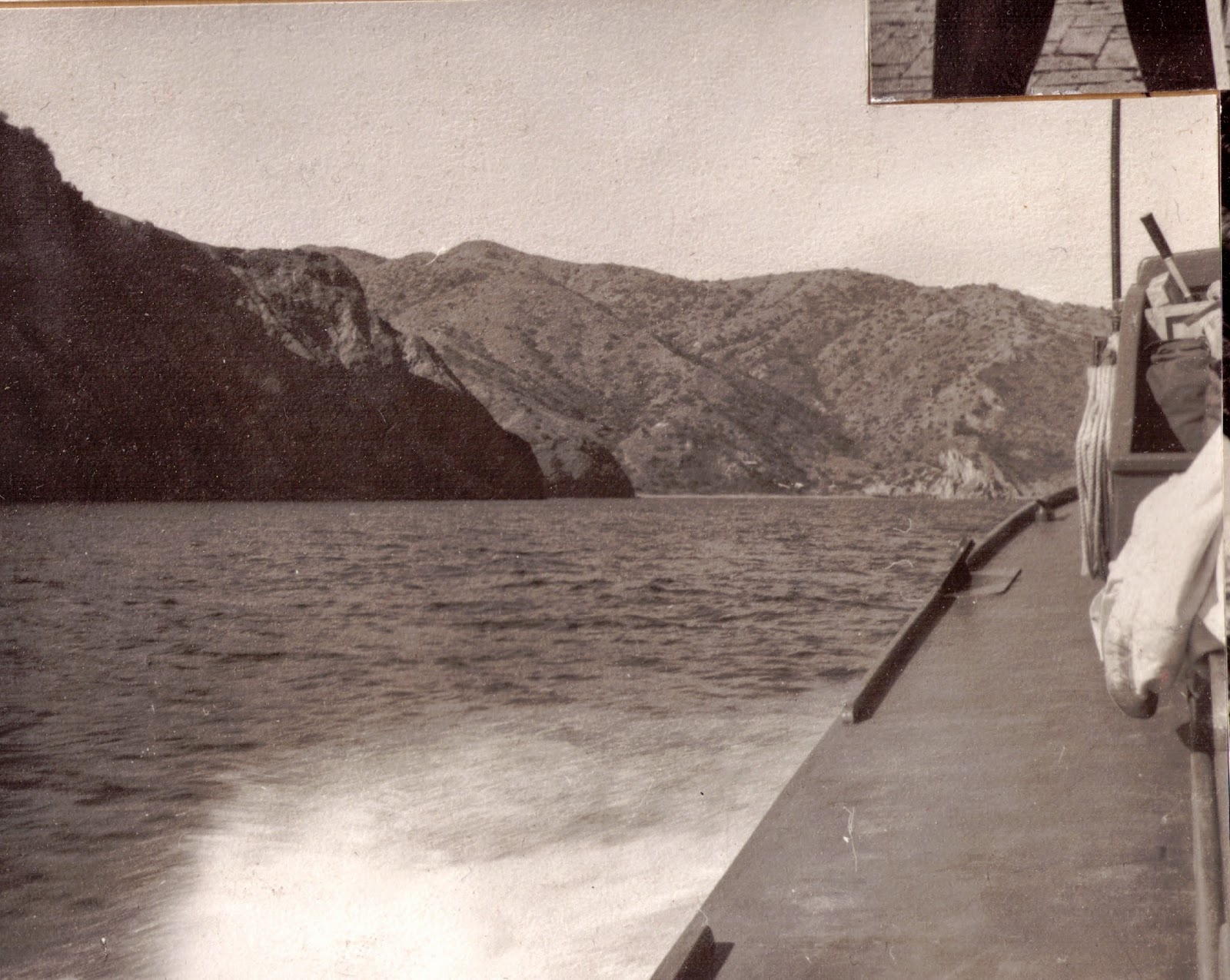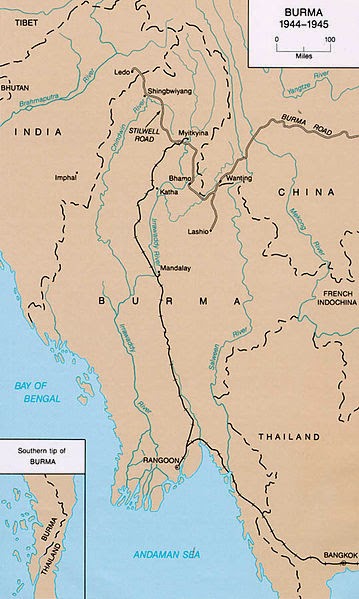An online
memoir of Walter Orey is to be found at
China - Burma - India.
Orey shipped out in September 1944 from the Los Angeles Port of Embarkation, on his way to Assam Province. This was six months before our EJZ shipped out. We don't know whether Eugene's troop ship followed the same route, but we do know that he rode through Burma shortly after Orey's 1891st Engineer Aviation Battalion trucked the Stillwell Road and built airstrips at Myitkyana and at Kunming.
One stop was Fiji, in the fall of 1944.
The memoir describes more of the route, as follows:
". . . A few days after crossing the International Date Line, the ship docked at the Port of Suva in the Fiji Islands. There was no shore leave for the troops, but we did participate in a foot march through the town. By now there were rumors that the ship would stop in Australia. A few days later the ship did dock in Melbourne, but we were told that Australia was not our final destination. Only controlled marches were allowed in Melbourne. Even the controlled marches were canceled after the first day when some men broke ranks to explore the side streets of Melbourne on their own. When we left Australia we became part of a convoy protected by a British cruiser and two Dutch destroyers. Up to this point there was considerable speculation, among the men, as to our final destination. As the ships traveled west for more than 1000 miles, and then headed into the Indian Ocean, it became obvious that we were headed for India. After many days of terrific heat, our ship docked in the Port of Bombay. We had been on the General Randall for 38 days.
The train ride from Bombay to Dibrugarh took nine days."
An excellent collection of photographs accompanies the memoir on the site.
Subjects include troop transport, Assam, Burma equipment transport, the Burma Road, the building of the airstrips, Burma scenes and culture, and Kunming, where our EJZ was also stationed.
The collection also depicts airstrip-building in China, captured Japanese tanks, a survey of the various airplanes used in the transports, and the Japanese surrender ceremony in China.
As we have seen in previous posts,
like this one and
also this one, the Army Specialized Training Program was started due to political decisions in the War Department. Orey's memoir discusses how A.S.T.P. was close to eliminated in the spring of 1944. Orey had been training as an Army Air Corps cadet, hoping for flight training, when he was suddenly shifted to AGF, ending up in his Engineering Aviation Battalion. The two programs, A.S.T.P. and Army Air Cadet, had similar fortunes.
Here is the relevant passage from the memoir:
"In the spring of 1944 the stanine scores were raised again washing out about 70% of the Aviation Cadet candidates in our squadron including me. All of the washed out cadets were given a fourteen-day furlough with orders to report to Hammer Field, located near Fresno, California. Most of the washed out cadets believed the "stanines" were raised in response to a sharp reduction of requests from overseas combat commands for replacement air crews.
Only recently did I discover a book that provided another explanation for the cutback of the aviation cadet program. The book's title is Scholars In Foxholes! The Story of the Army Specialized Training Program in World War II by Lewis Keefer.
Lewis Keefer stated there was enormous political pressure to sharply cut back the Army Specialized Training Program, as well as the Army Air Cadet Program early in 1944 to save more than 200,000 pre-war fathers from the draft. The Army decided to curtail both its ASTP and the Air Cadet Program. The War Department announced in January, 1944, that 70 colleges would lose all their Air Cadets. The fate of many air cadets paralleled that of the ASTP students. They were selected for a special program, filled with great expectations, then with little warning transferred to the Army Ground Forces. The washed-out cadets and the ASTP students were spread widely among receiving units to fill personnel shortages."
This memoir and photo collection is but part of a terrific assemblage of material contributed by CBI veterans and their families and organized and maintained by Carl Warren Weidenburner.

















































